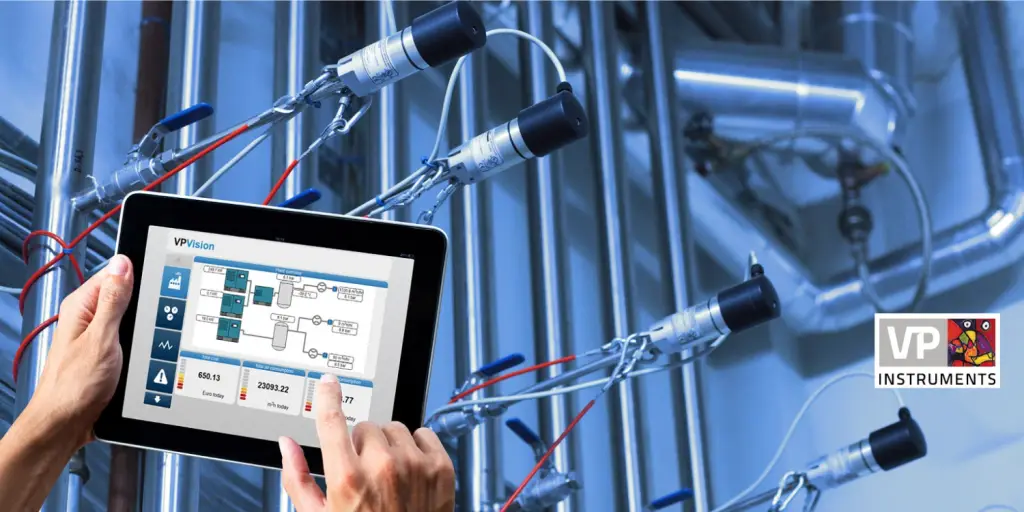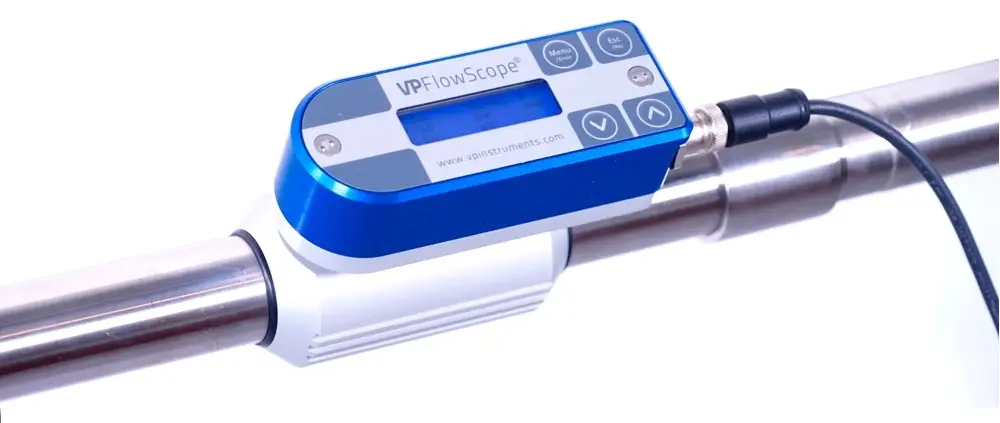
Maintaining the energy efficiency, air quality, and safety of your compressed air system requires precise monitoring and instrumentation. At CoolAir Compressors, we understand that today’s industrial facilities face rising energy costs, economic pressures, and a growing need to reduce operational expenses. Compressed air systems, being one of the most expensive utilities in most industries, have become a primary focus for energy-saving initiatives.
Compressed air is an essential resource for many industrial operations, but it’s also one of the most costly forms of energy. In fact, compressed air can be nearly 10 times more expensive than electricity, making it a significant factor in your facility’s energy consumption and overall operational costs.
However, studies show that up to 50% of generated compressed air is lost due to inefficiencies such as air leaks, improper use, and lack of regular maintenance. This loss directly impacts your energy bills and can lead to unnecessary wear and tear on your equipment.
By investing in compressed air monitoring and instrumentation, you can significantly improve your system’s efficiency, reduce energy waste, and ensure the safety and reliability of your compressed air supply.
Energy Efficiency: Monitoring your system allows you to identify energy inefficiencies such as leaks, over-pressurization, or poor air management, helping to reduce energy consumption by optimizing your system’s performance.
At CoolAir Compressors, we offer expert solutions in compressed air monitoring and instrumentation, providing you with the tools and insights to optimize your system’s performance. Our monitoring solutions allow you to track key parameters in real-time, detect inefficiencies, and make data-driven decisions that can improve the efficiency and cost-effectiveness of your compressed air system.
We help you achieve:
Don’t let inefficiencies in your compressed air system cost you more than necessary. Contact CoolAir Compressors to learn more about our Instrumentation and Monitoring services and how they can help you reduce energy consumption, lower operating costs, and improve the overall performance of your compressed air system.
Request a consultation today to begin optimizing your system and start saving!


Piping Material Features Comparison |
|||
| Piping Features | Stainless Steel(Type 304L) | Mild Steel | Blue anodized Aluminum Alloy |
| Weight (Dia 6inch, Length 6m) | 127.2 | 169.6 | 29.142 |
| Anti-Corrosive | Yes | No | Yes(100%) |
| Pressure drop (Dia 2 inch Length= 20m, Airflow=3 cubic metres/Minute, Pressure=10 bar) | 0.25 | 0.4 Bar | 0.1 |
| Efficient Energy Use | High | Low-moderate | High( Potential Cost savings of 34%) |
| Structural Durability | Very Strong | Very Strong | Strong |
| High Thermal Endurance | Yes | Yes | Yes |
| Installation Ease | Less Difficult | Difficult | Easy(High Flexibility and Modularity) |
| Simple Installation | Approx 6 feet length per hour | Approx 6 feet length per hour | Approx 45 feet Length per hour |
| Manpower and Work Hours Needed for 2″ Pipe Over 3000 Feet | Approx 600 man-hours/8 men for 2 weeks | Approx 600 man-hours/8 men for 2 weeks | About 100 man-hours with 8 workers, completed in under 2 days |
| Annual Charges for Installation, Commissioning & Operation | Approx 3000 dollars | Approx 7820 dollars | Approx 1300 dollars |
| Installation Cost Breakdown: Material % / Labor % | 30% / 70% | 25% / 75% | 80% / 20% |
| Texture of Surface | 0.03 | 0.05 | 0.001 |
| Required Specialized Tools: Welder, Threader, Groove Cutter | Yes | Yes | No |
| Quality of Air | High — When needed, these pipe systems comply with ISO 8573-1:2010 air quality standards | Low( Not according to !SO 8573-2010 air quality standards) | High — These pipe systems support compliance with ISO 8573-1:2010 air quality standards when required. |
| Cost Rate per Meter | Almost 2 less than Aluminum | 3 Times less than Aluminum | 163.64 Dollars |
| Service Life Depends on Environment, Pipe Design, and Grade | 30 years | 40 years | 20 years |
| Upfront Installation Cost | Material : 30% Labor:70% | Material : 25% Labor:75% | Material : 80% Labor:20% |
| Care and Maintenance | Difficult — Rust buildup under pipes and fittings can reach machinery, requiring weekly preventive maintenance. | Difficult (Accumulation of rust under pipes and fittings which travels to machinery may require preventive maintenance every 3-4 days) | Easy — No rust buildup, with preventive maintenance needed every 4 weeks. |